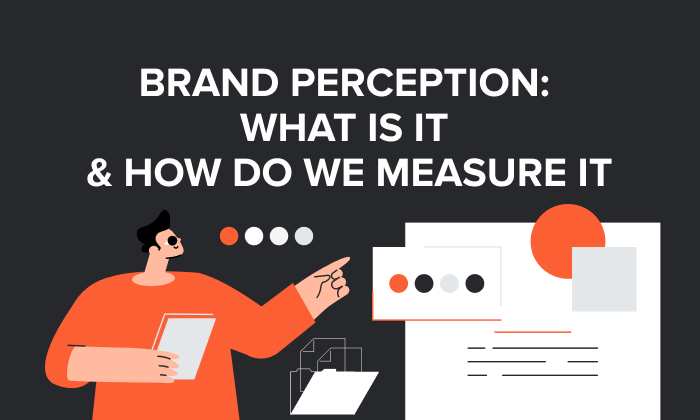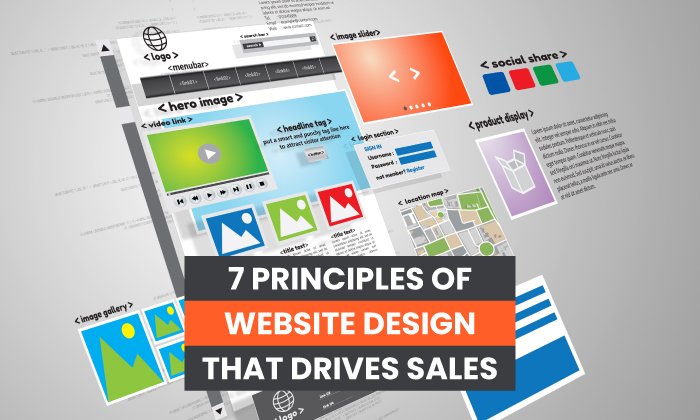Everything You Need to Know about Brand Experience

Online sales are reaching all-time highs as buyers become more comfortable with digital transactions — in 2021, for example, consumers spent a collective $14 billion online across Black Friday and Cyber Monday.
For businesses, the shift to online-first purchasing offers substantive potential, but also underpins prospective problems: As the number of digital product offerings ramps up, competition for customer conversions is also on the rise.
The result? A battlefield for brand experience. If companies can create a lasting positive impression among potential customers, they can drive sales and set the stage for long-term loyalty. But what exactly is brand experience? What does effective design require and what does it look like in practice? Most importantly, how do brands create experience strategies that deliver reliable results over time?
While brand experience is similar to user experience, it encompasses a broader perception of your brand at large. Where user experience speaks to the takeaways — positive or negative — of a user when they interact with your website or social media profiles, brand experience refers to the impression of your brand as a whole. Not surprisingly, positive user experiences inform better brand experiences (and vice versa) but the two are distinct concepts.
It’s also important to understand that brand experience is subjective. While it’s possible to create experiences that produce reactions along a generalized spectrum, individual users will have different reactions to your efforts. In practice, this means that no matter how carefully you curate brand experience efforts, there will always be customers who come away with a negative reaction. As a result, the goal isn’t to create a universal experience but rather to create one that resonates positively with the largest number of target customers.
Breaking Down Brand Experience Design
Just 39% of business decision-makers say their brand effectively resonates with prospective buyers. This is a problem: If customers don’t connect your brand with positive thoughts, feelings, and reactions, they’re less likely to remember your products and services when it comes time to make a purchase.
Worth noting? Neutrality isn’t enough. While negative impressions of your brand can drive customers away from your site, neutral impressions are just as problematic — even if consumers see your brand listed in search engine results or advertised online, the absence of a positive brand impression means they won’t seek you out over companies that offer better connective messaging.
So what does effective brand experience design look like? Four components are critical:
Perception
Perception forms a key part of the experience. This includes audio, visual, and tactical interactions that allow customers to connect a specific sense to advertising campaigns. In much the same way that particular smells can bring back memories of childhood experiences, brands that successfully merge senses with marketing can create connections that drive sales.
Participation
It’s also more likely that customers will walk away with a positive brand experience if they’re able to participate in some way rather than simply watch. This might include the ability to …read more
Source:: HubSpot Blog








